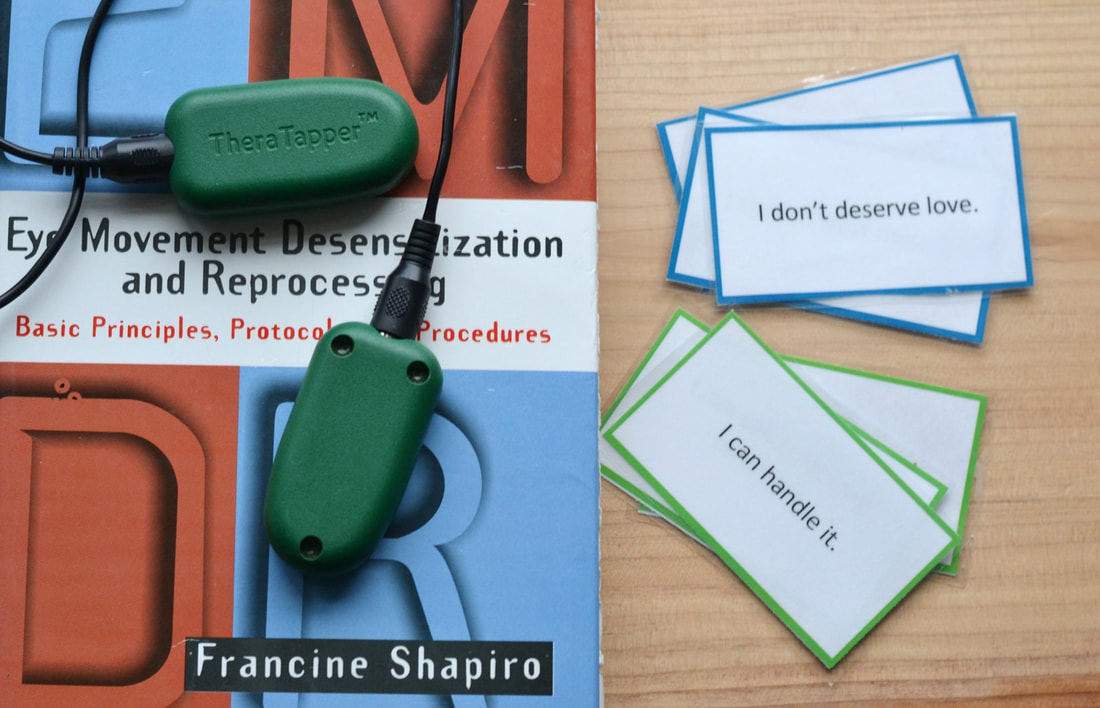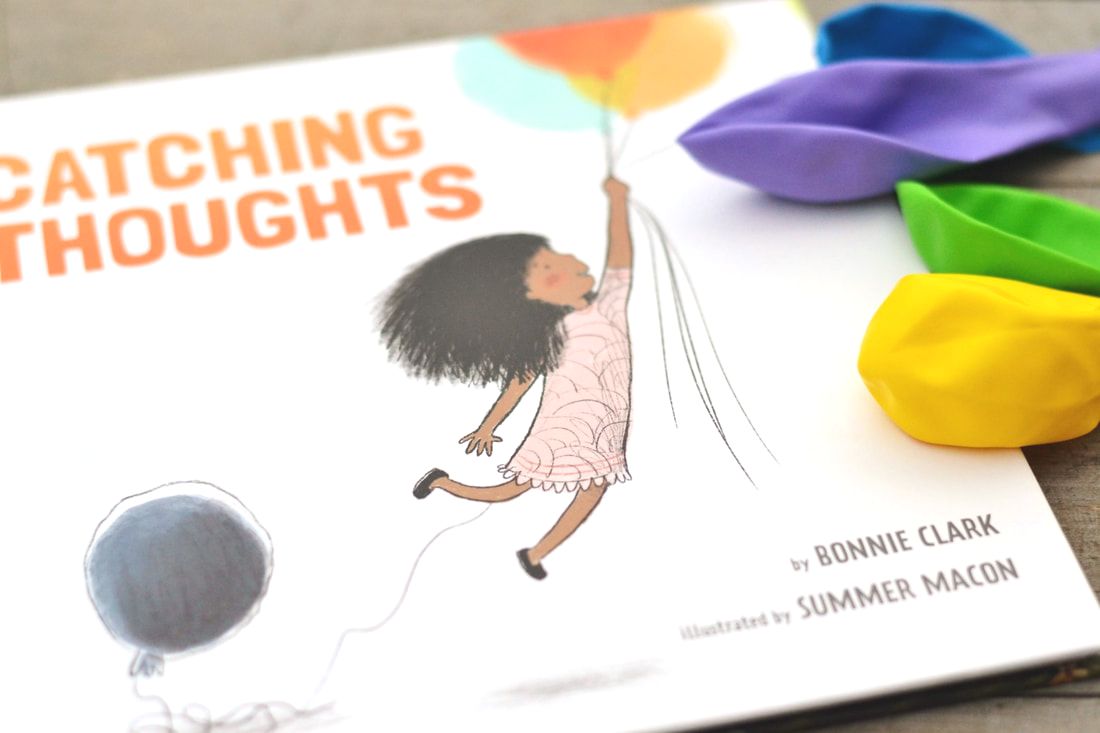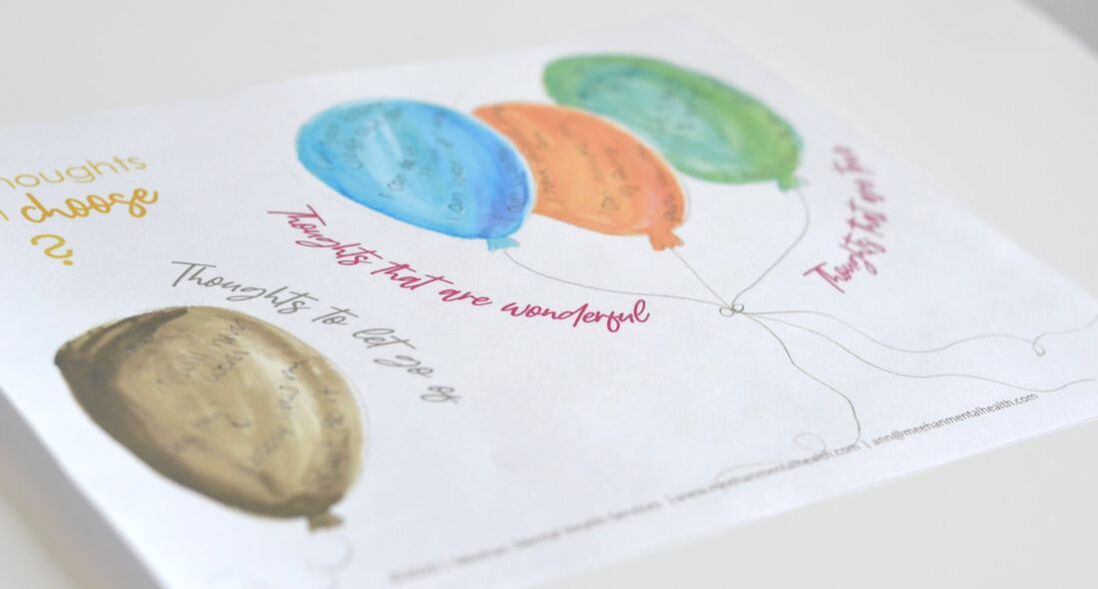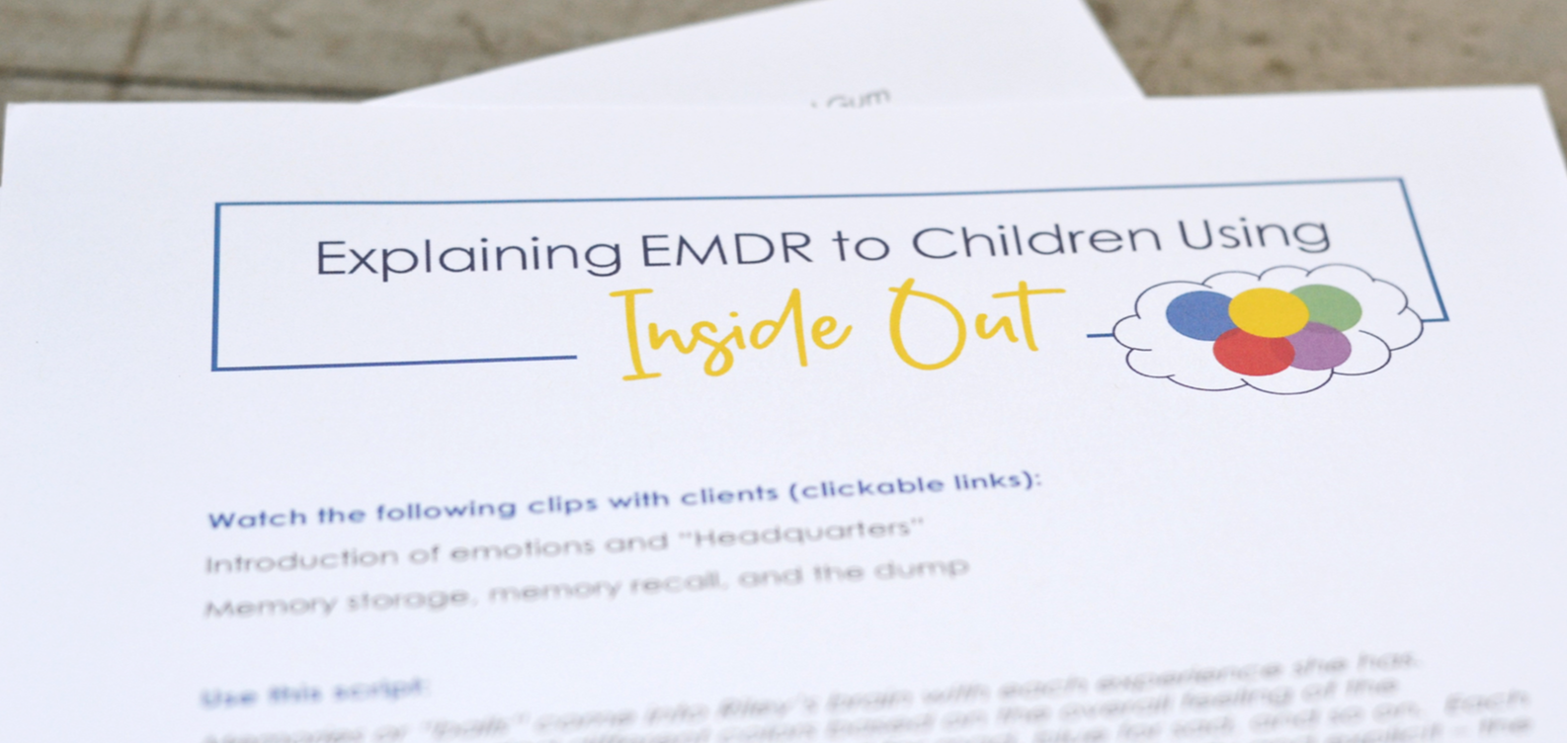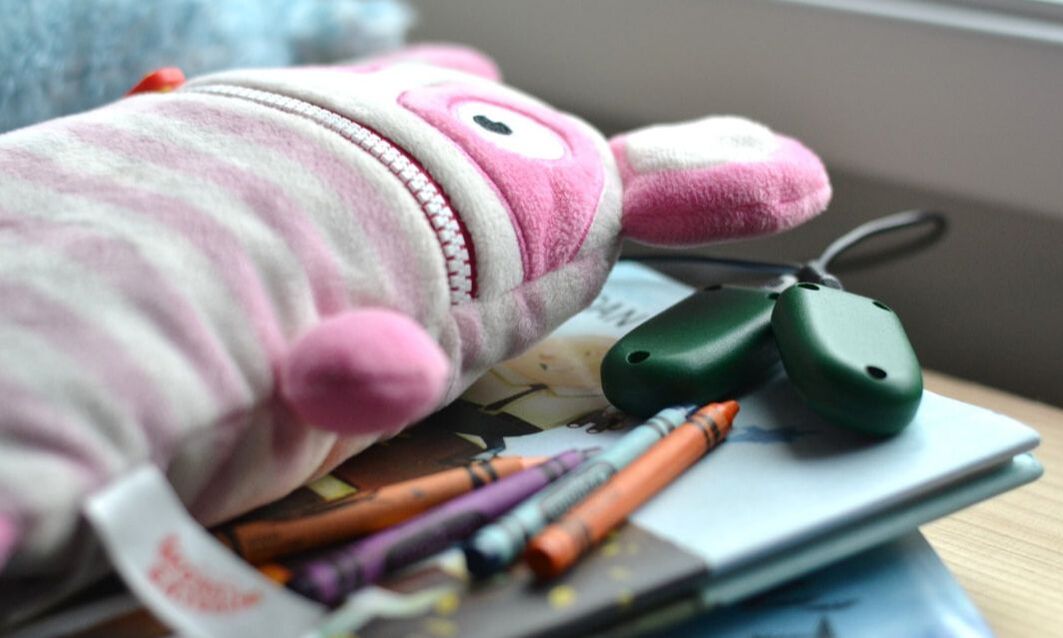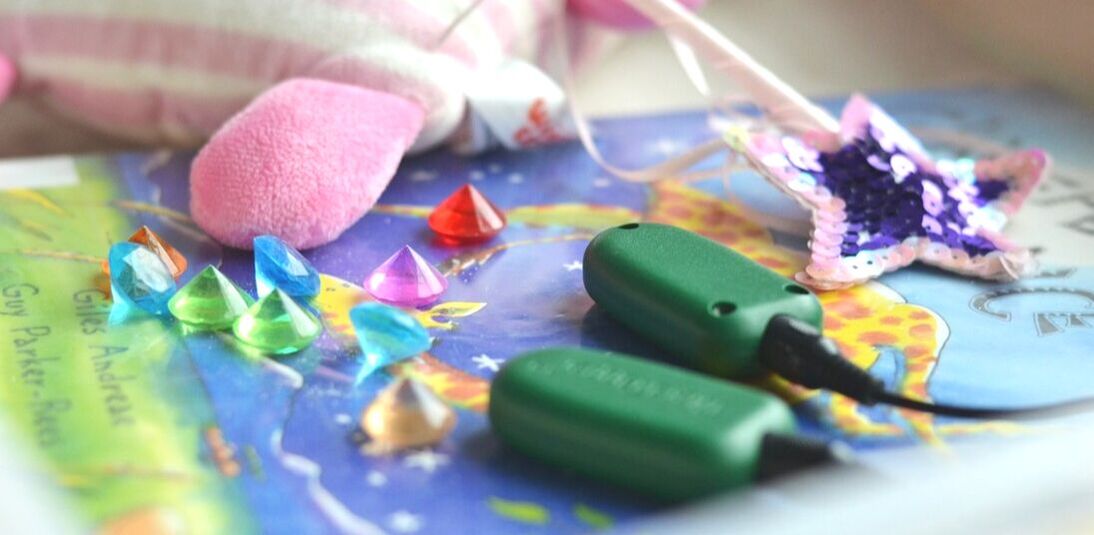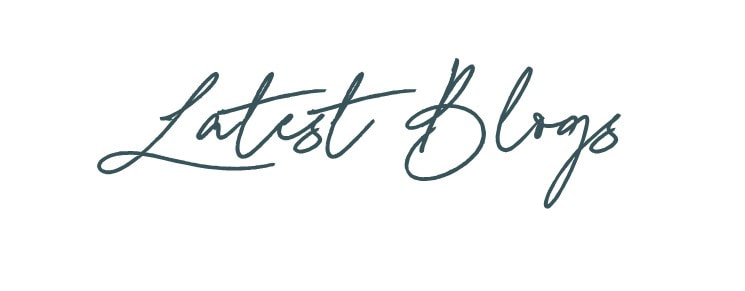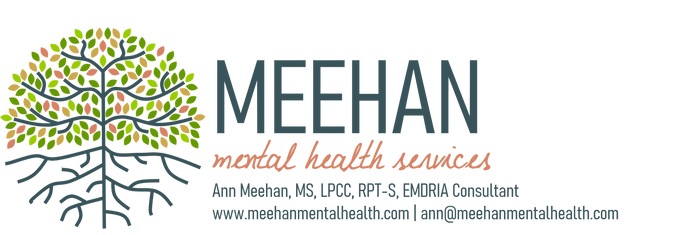|
Trauma is complex. The treatment of trauma is complex.
And, the treatment of trauma is definitely something you do not become competent in by taking one day long course or reading one text book, although that is a fantastic start! Most often the key ingredients to ethically providing trauma treatment, especially with young people, is extensive training, supervision/consultation, and practice. And after sitting down and doing the hard work to get trained...well...sometimes it takes a while for all this knowledge to digest and integrate into your practice. Sometimes you can get out of an intensive training and although you have the binder and know the steps it can feel pretty overwhelming. Sometimes you feel paralyzed and don’t know how to exactly put it all into action. More often than not it takes learning the theory, modality, or technique from several different people in several different ways for us to really develop a deeper understanding. This can be the way you hear it from your trainer, how it is talked about in a consultation group, or reading an article, text, or book about the topic. It can also be hearing the information on a podcast, taking in a blog, or watching a YouTube video - all with vetted sources of course! Each of these pieces gives us a clearer and more comprehensive picture about what are the most effective ways to treat trauma, the neuroscience behind it all, and how to handle all the stumbling points and road blocks along the way. I am a huge fan of making sure you are taking in quality training for trauma and at the same time supplementing that with continued learning in other ways! Eye Movement Desensitization and Reprocessing (EMDR) is one of my most favorite ways to treat trauma, usually in combination with Child Centered Play Therapy and Cognitive Behavioral Play Therapy! I wanted to help you take some of the load off and drop my 9 favorite free resources that I love that have to do with all things EMDR and trauma! So, if you have a free moment between clients, in your car, at the gym...or wherever don’t wait to dive into these excellent resources! Ana Gomez Ana M Gomez, MC, LPC is an amazing EMDR consultant, trainer, Play Therapist, and author specializing in working with kids with complex trauma and dissociation. She is also the founder of the Agate Institute. She has a wealth of free resources HERE and HERE including free story downloads and multiple VoC / SUDS scaling sheets! Dr. Jamie Marich Dr. Marich Ph.D., LPCC-S, LICDC-CS, REAT, RYT-500, RMT is an EMDR consultant and trainer for EMDRIA, author, and owner of the Institute for Creative Mindfulness. Her depth of knowledge and expertise is amazing and HERE and HERE she has a ton of generous free resources such as EMDR demonstration videos, resources for dissociation and addiction, mindful living coping skills and so much more. You can also check out her blog HERE and YouTube channel HERE! Jackie Flynn Jackie Flynn MPA, EdS, LMHC, RPT is a EMDR consultant and trainer as well as a Play Therapist! She has so many invaluable resources on her website including free downloads for the 8 phases of EMDR HERE and she has a ton of amazing videos for EMDR and Play Therapy on her YouTube channel HERE! Kambria Evans Kambria Evans, LMFT and EMDR Consultant has an amazing YouTube channel called Zero Disturbance HERE that takes you through a review and amplification of many of the important topics in EMDR like how to explain EMDR to clients, how to treatment plan, and how to pick the right target. She also has additional free resources HERE! Global Childhood EMDR Alliance The Global Childhood EMDR Alliance was formed in the midst of the COVID-19 pandemic to help support children with trauma globally. Check out the founding members HERE. They have many blogs and videos as well as resources for children and adolescents. Notice That Podcast Jennifer Savage, LPC and Melissa Sundwall, LPC - both EMDR consultants and trainers along with Bridger Falkentien, PLPC teamed up to create an AMAZING podcast on EMDR and trauma called Notice That. It is seriously like a refresher of basic training - it confirms the things you have learned along with deep dives into special topics. And they break it down in a way that is digestible and relatable! They have even developed a separate podcast designed just for EMDR clients! Robyn Gobble Robyn Gobble, LMSW is a trauma therapist who specializes in helping support parents parenting children with trauma. She is EMDR certified and a Play Therapist! Although not EMDR specific, her blog is FULL of amazing resources and insight on trauma, parenting, and attachment - check it out HERE! She also has a fantastic free video series on Trauma, Memories, and Behaviors and Regulation, Connection, and Felt Safety. She also has a ton of other free resources HERE! These are excellent resources for you as a therapist as well as parents! And last but certainly not least she has a wonderful podcast called Parenting After Trauma. Justin Sunseri Justin Sunseri, LMFT is a master in all things polyvagal theory. This is one of my favorite ways to conceptualize and think about trauma. Justin has a podcast called Stuck Not Broken that does a deep dive into polyvagal theory! You can check out his blog HERE, free polyvagal theory worksheets and handouts HERE, and get a crash course in polyvagal theory HERE. Irene Lyon Irene Lyon MSc is a nervous system specialist and somatic neuroplasticity expert. She is a wealth of information about the nervous system, trauma, and polyvagal theory! You can check out her blog HERE and Youtube channel HERE! She also has a free resource center HERE! Facebook Groups Here are some Facebook groups that you might consider joining!
What about you? What are your favorite free trauma resources? Share the love and drop a link below! Looking for something a little more? Check out my training on Playing Through Phase 2: Combining Bibliotherapy and Play Therapy for Phase 2 of EMDR.
4 Comments
Do you ever have a gloomy thought that just won’t seem to go away? The more you try to ignore it the bigger it gets. Just sitting there, hanging around, making you feel all yucky. It’s the uninvited guest that won’t leave. Those are the worst. Cognitive Behavioral Theory would call these maladaptive or distorted thoughts. Eye Movement Desensitization and Reprocessing (EMDR) would call these Negative Cognitions. Either way these thoughts are uncomfortable at best and deeply painful at the worst. In the book Catching Thoughts, Bonnie Clark uses the beautiful imagery of a black balloon to show just what it is like having these thoughts hang around. We go on a journey of all the ways that one might try to get rid of these thoughts like ignoring, running away, and getting mad and yelling at them. We find that when we can notice the thought and hold it at a distance we can then become aware of new thoughts, beautiful thoughts, and thoughts that are true and excellent. We learn that you can choose what thoughts to catch and can fill your life with beautiful color. This is truly a must have book for your bibliotherapy collection, especially if you do EMDR or Cognitive Behavioral Play Therapy (CBPT). One of the ways that I like to use this book is my free downloadable “What Thought Do You Choose” worksheet HERE! The cool news is that you can use it as a companion to the book OR completely on its own. Here we have young people identify what thoughts are in their black balloon. These are the thoughts they acknowledge mindfully as something that is going through their head, notice it, and then….let it go! In the colorful balloons they write the thoughts they would like to have about themselves OR the really good, beautiful, true, and excellent thoughts that they are having about themselves already that they want to really hold on to and sink deeper into. From here you can engage in a visualization of the black balloon drifting away and notice the thoughts, feelings, and sensations of holding the colorful balloons. If you are trained in EMDR you can add bilateral stimulation to install this image as a resource. You can also get really creative and get some black balloons where you can put inside pieces of paper with the thoughts that you want to go away, blow it up, and have the child release the balloon. You can then choose some colorful balloons and have the child write on the balloon the positive good thoughts. They can notice how they feel in their bodies as they hold on to and say the positive words. So what about you? Will you be catching thoughts in your practice? If so, grab the FREE What Thought Do I Choose printable!
Is this a book you use in your practice? If so drop a comment about the creative ways you play! And...want to know more about trauma, EMDR, and children? Check out my training on Playing Through Phase 2: Combining Bibliotherapy and Play Therapy for Phase 2 of EMDR. You love EMDR and learned so much in your basic training! But...there was a lot packed into those intensive training days. You probably have a binder or a manual, tons of handouts, and some practice under your belt.
Maybe you are struggling to pull it all together and get a hang of the basic protocol whether it was two weeks or two years since your basic training. Maybe you are even struggling to start with your first client. Or mayyyybe you are a pro at it and can do all 8 phases with your eyes closed...metaphorically of course! Either way, for a lot of clinicians, even ones who are really confident in carrying out the protocol with adults, doing this work with children seems overwhelming and maybe a bit scary. Or terrifying. I meet many clinicians who have an apprehension for diving into this work with children, even if they have been doing it consistently with adults. AND it is so great to name that and acknowledge it, because if you are going into the session anxious, nervous, and not quite sure what to do - your clients will feel that. It will be a neuroception of danger and they will be on high alert too. Not so great for trauma work. If they know you feel anxious, children might have a harder time staying in their window of tolerance. Bottom line - if you're not quite sure about it, they won’t be either. SO because of this and knowing how transformational EMDR can be for children, one of my most favorite things to do is to support clinicians in getting confident and prepared to engage in EMDR with children. Getting a clear idea of just how to adapt the protocol to be developmentally friendly for children, so you can be confident to rock an excellent EMDR session! If you're looking for resources to get you started I talk HERE about what you need to know about children and trauma work. If you are wondering if young people are really ready for trauma work you can read more about that HERE! You can dive deeper into how to incorporate books and play into EMDR HERE. But, if we start at the very beginning one of the first things we are doing with young people in Phase 2 is giving psychoeducation about EMDR. There are definitely a lot of ways to do this and I find it is a balance between overwhelming clients with neuroscience vs. providing them enough information about how their body and brain stores trauma. I find that when young people can fully understand just what is happening in their bodies they are more likely to have a stronger buy-in for the EMDR process. BUT you don’t want to send them into an all out snooze fest where their eyes are glazing over. The solution? Super fun metaphors and some video clips! I like to talk about EMDR using the movie Inside Out. This is a movie that is ripe with scenes that we can watch and apply to how our brain processes trauma and what we are setting out to do with EMDR. You want in? Swipe my script HERE for how I talk to young people about EMDR in an interactive way using the movie Inside Out! And...if you want to know more about trauma, EMDR, and children check out my training on Playing Through Phase 2: Combining Bibliotherapy and Play Therapy for Phase 2 of EMDR. EMDR is a type of trauma therapy developed by Francine Shapiro that has 8 phases, where a therapist trained through an EMDRIA approved basic training works through the model with clients to help with trauma memories that are disturbing, distressing, and impact functioning. Learn more about EMDR therapy and kids HERE!
Phase 2 is the Preparation Phase. This phase includes establishing a relationship of trust, giving an explanation that is age appropriate of EMDR, learning relaxation and state change activities, developing resources, and increasing the window of tolerance to allow for dual awareness. EMDRIA states that most clients will need 1-4 sessions of preparation, however for chronic and complex trauma this number can significantly increase. I talked HERE about how to know if young people are ready, really ready, for trauma work. I also talk HERE about the essential ingredients for doing EMDR with young people. I find that the majority of children that I see are not children who have a single incident trauma. Young people also aren’t voluntarily seeking out a therapist to work on their trauma, the majority of the time. There are also a lot of factors in a child’s life that may lead to instability that they have no control over. For these reasons here are the top 10 reasons why children and teens may need a longer Phase 2 for EMDR Therapy:
Your training, clinical judgement, and consultation around EMDR cases will always help you understand how to pace your EMDR work with young people. Hopefully some of the examples above help you understand if a client may need a longer phase 2! What about you? What are your top signals that a client may need an extended phase 2? Drop a comment below! Want to know more about trauma, EMDR, and children? Check out my training on Playing Through Phase 2: Combining Bibliotherapy and Play Therapy for Phase 2 of EMDR. EMDR and Play Therapy is a brilliant combination for healing trauma.
Children and young people lack the abstract reasoning and verbal processing skills to engage in therapy that is primarily talk based. They also need therapy that is engaging and accesses all portals of learning: visual, auditory, and tactile and kinesthetic. And this last portal? Well... it happens to be the primary portal of learning for children under 11, so it’s pretty dang important to incorporate touch, movement, and activities into EMDR. So taking all of this into account having a child sit still and “notice that” isn’t going to get you that far. It will likely either lead to underaccessing, boredom, or flooding outside of the window of tolerance. Which is not a winning combination for trauma work. Young people are already distressed knowing they are going to begin some form of trauma work. They are smart. Young people know that eventually they will get to the tough stuff. All of this can leave therapists trained in EMDR a little apprehensive to begin to do this work with children. And I get it! Most EMDR basic trainings have so much to fit in that training comprehensively to modify the EMDR approach for children isn’t something that is achievable. So it is understandable how many professionals exit the basic training and feel a bit overwhelmed by thinking about starting this work with young people. You can learn more about EMDR therapy and kids HERE and HERE! AND I always recommended extra training and consultation before starting. You can also check out these three books HERE, HERE, and HERE which are always on my list of recommendations for professionals starting EMDR work with children. Now when you get down to it and are ready to do this work with young people, my three favorite things to help with engagement and help young people access all three portals of learning are play, books, and games! Play Play is an excellent way to help young people keep within their window of tolerance. It also allows young people to communicate in a different way about their struggles, symptoms, and trauma and show you their world. Engaging in a type of play such as Child Centered Play Therapy can help gain insight into specific Negative and Positive cognitions a child may have relating to their trauma. You might also get insight into specific resources that may be helpful or places there may be blocking beliefs. Ann Beckley-Forest and Annie Monoaco have a fantastic text on the integration of Play Therapy and EMDR that is a must read! Play also helps you gain rapport and trust with a young person. Unlike adults, most young people don’t present themselves for therapy with high levels of engagement and motivation to work through trauma. For this reason I believe children and teens may need a longer period of rapport building to increase trust before going into the depths of their trauma. This is especially true for complex trauma as opposed to a single incident trauma. Play therapy activities such as sand tray, drawing, or other creative activities are also essential for phases 3-8! Books I absolutely LOVE books. Books can be used in phase 2 to help with tasks like increasing emotional literacy, emotional regulation, state change, adding adaptive information into appropriate neural networks, and normalizing an experience. The experience of watching a child as they are able to connect and identify with a book, see themselves in the characters, and the look of relief as they realize they are not the only one to have experienced something is truly amazing. Books are also externalizing and directive so they can be a safer activity to begin trauma work. Check out these resources HERE, HERE and HERE to help with emotional literacy and emotional regulation! This book HERE is also an excellent resource to help young people identify Negative Cognitions, Positive Cognitions, develop resources and to explain EMDR and trauma processing! It also happens to be one of my most favorite Bibliotherapy books! Games Games are another essential to help engage in a strong phase 2, which sets you up for an excellent desensitization and reprocessing of trauma memories. It allows the young person to come in being an expert in identifying thoughts (to help with NCs and PCs), feelings and body sensations. When you ask all the questions for phase 3 they will be ready! There are tons of Play Therapy games to help increase emotional literacy, identify cognitions, identify areas of resilience and strength, increase window of tolerance (especially practicing losing!), and practice scaling like you will need with the VoC and SUDS. Check out this article HERE on 3 ways that games with bubbles can help you provide psychoeducation about feelings, engage in state change, and identify thoughts. This game HERE of Strengths and Struggles can help young people identify strengths that are great for resourcing and identify struggles that may be incorporated into Negative Cognitions. These are my three ingredients that are essential for modifying the EMDR protocol for use with young people! What about you? What are your favorite activities? Comment below! Want to know more about trauma, EMDR, and children? Check out my training on Playing Through Phase 2: Combining Bibliotherapy and Play Therapy for Phase 2 of EMDR. |
Hi, there!I'm Ann Meehan, an LPCC, Loading... Archives
July 2024
Categories
All
|
Privacy Policies | Terms of Use | Disclaimer
Contact
[email protected] | Copyright Meehan Mental Health Services 2022
Contact
[email protected] | Copyright Meehan Mental Health Services 2022

